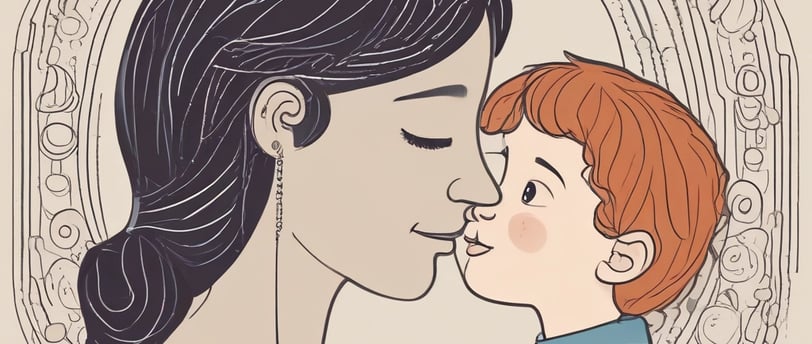Understanding Attachment Styles: How Early Relationships Shape Our Lives


An Introduction to Attachment Styles & Attachment Behaviours
Our earliest relationships can shape how we relate to others which can be for better or worse. Whether in family, friendship, or romantic life, the ways we connect can be deep rooted.
What is Attachment Theory?
You may have heard of attachment theory, attachment styles and maybe even attachment behaviours. But what does this all mean and how is this of any use in your life, relationships or work?
So, what is attachment theory – it’s a theory which attempts to explain how a child looks to create a closeness to their caregiver in order to survive. The word survival is important as we come to see that not all attachment behaviours lead people to thrive. Attachment theory may be the only theory you need to understand to make sense of how you think, how you feel and how you behave.
The Four Main Attachment Types
There are four main attachment types. Three of these are considered organised as they follow a consistent and adapted behavioural pattern to the caregiving they receive. These are:
· Secure attachment
· Avoidant attachment
· Ambivalent attachment (sometimes known as anxious attachment)
The fourth style goes by the name of disorganised attachment, it gets this name due to the inconsistent behaviours which are often in response to abuse or neglect.
Secure Attachment
Secure attachments are formed in early life between a child and their caregiver when the caregiver is attuned to the needs of the child. For example, if a child is hungry the caregiver feeds. If the child is cold, the caregiver warms. This is an example of responsive caregiving. When the child cries the caregiver responds, in some cases the caregiver anticipates the needs of the child, and these are met without the child displaying attachment behaviours.
Avoidant Attachment
Avoidant attachments are created when the needs of the child are regularly ignored or dismissed. The child’s attempts at seeking comfort are met with frustration or tension from the caregiver. The caregiving may seem rejecting and controlling, perhaps as a way of managing their own emotional stress. When the child cries they may be denied the comfort, they need or dismissed in some way. As a result, behaviours like crying or reaching out don’t seem to help the child get their needs met. Those with avoidant attachment learn to under express their needs, as this keeps the caregiver calmer and closer. The child may be outwardly telling the caregiver that everything is okay, when really, they’ve learnt that not expressing their emotions allows the caregiver to be closer.
Ambivalent (Anxious) Attachment
Ambivalent attachments are formed when the caregiver is inconsistent or unpredictable to the child. The child may feel the need to exaggerate and overplay their emotions in order to receive a response from their caregiver. It may seem like the child is fighting for attention or pleading for protection, they are therefore prone to whine, fret or shout to have their needs met and bring their caregiver closer. When the caregiver is insensitive, unavailable or separate from the child we can expect to see such attachment behaviours. Ambivalently attached children may show signs of great distress when in reality they are likely only somewhat distressed.
Disorganised Attachment
Disorganised attachment is different as there is no set way of being that leads to a closeness between the child and caregiver. It is difficult for the child to know what attachment behaviours will elicit a closeness to the caregiver.
Disorganised attachment often develops when the caregiver is a source of fear such as in abusive situations. The caregiver’s behaviour is frightening to the child, yet the caregiver often fails to recognise or change this.
Therefore, the child is confused and uncertain as to what behaviours will bring a closeness, safety and protection. The behaviours the child begins to use are mixed, can seem chaotic or contradictory as they try, often unsuccessfully, to feel safe.
Why Understanding Attachment Styles Matter
Having an understanding of your attachment style can bring an awareness and shine a light on how your early childhood experiences have influence throughout our life. If you are able to develop an understanding of your own attachment style it can help you understand how you respond to closeness, distance, conflict or care. If there are patterns in your thinking, feeling and behaving that feel unhelpful, growing an awareness to your attachment style can be an informative starting point.
